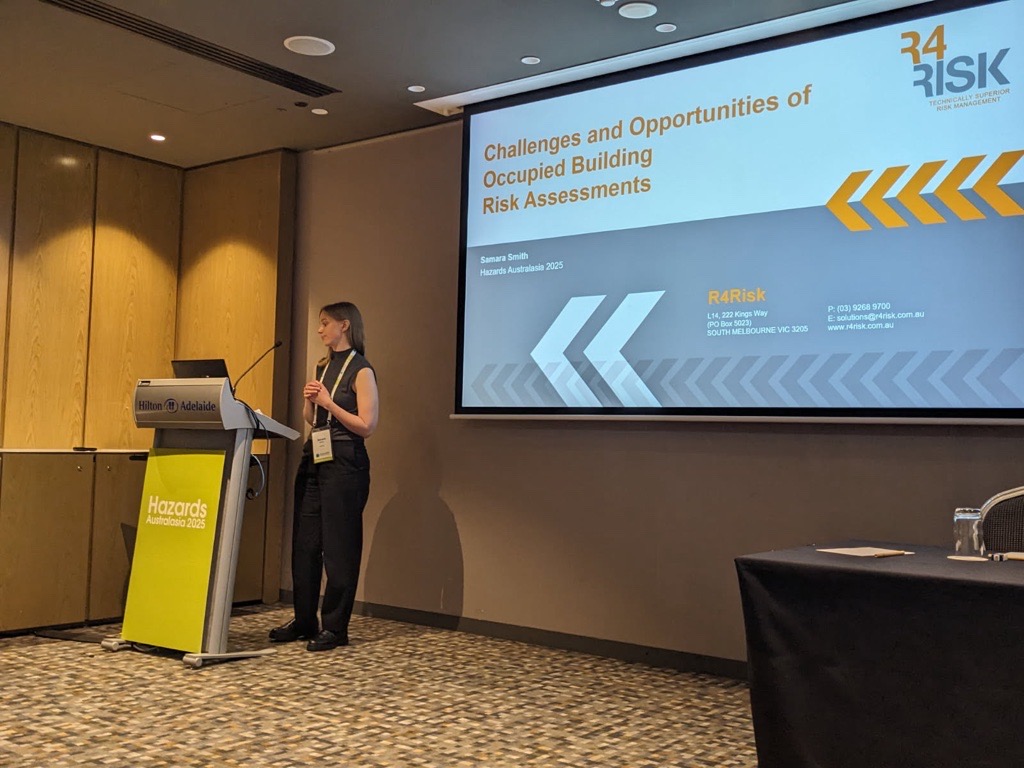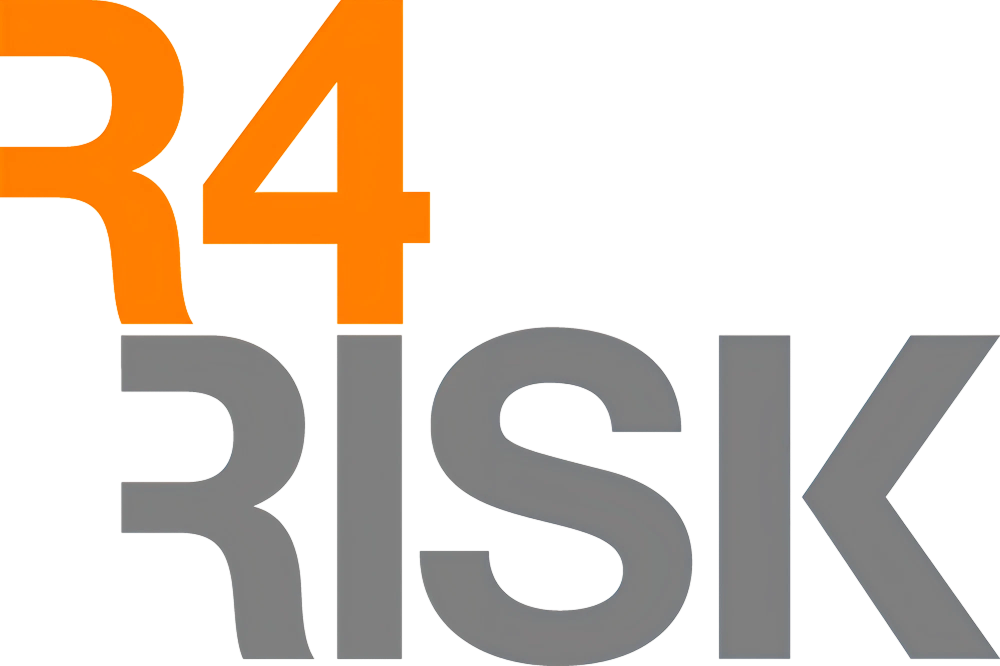2025 Hazards Conference
Protecting People Where They Work: Safer Occupied Buildings
Challenges and Opportunities in Occupied Building Risk Assessments
R4Risk Senior Risk Engineer Samara Smith represented the team at Hazards Australasia 2025, delivering an insightful presentation on how risk assessments for occupied buildings are evolving across the process industries. Her presentation, titled “Challenges and Opportunities in Occupied Building Risk Assessments (OBRA).”
Key takeaways:
- Why OBRA matters: Safeguarding workers in buildings near hazardous process areas is critical, as highlighted by major incidents like Flixborough (1974) and BP Texas City (2005).
- Guiding principles: Effective siting, occupancy management, and robust building design are essential to protect personnel.
- Assessment approaches: The latest API RP 752/753 standards recommend both consequence-based and risk-based methodologies, leveraging tools like Quantitative Risk Assessment (QRA) for efficient hazard screening.
- Case study: An ammonia facility OBRA demonstrated how risk to workers is quantified (IRPA, LSIR, societal risk) and how mitigation strategies—such as relocation, ventilation control, and emergency planning—are implemented for high-risk buildings.
- Industry focus: The push for continuous improvement in risk mitigation, with emphasis on elimination, engineering controls, and safe egress.
Samara’s session reinforced the importance of rigorous, data-driven risk assessments and proactive safety strategies to protect people in complex industrial environments.
To read more about the presentation, download the presentation slides here.
If you have any questions regarding Occupied Building Risk Assessments at your facility, get in touch with us to discuss.

